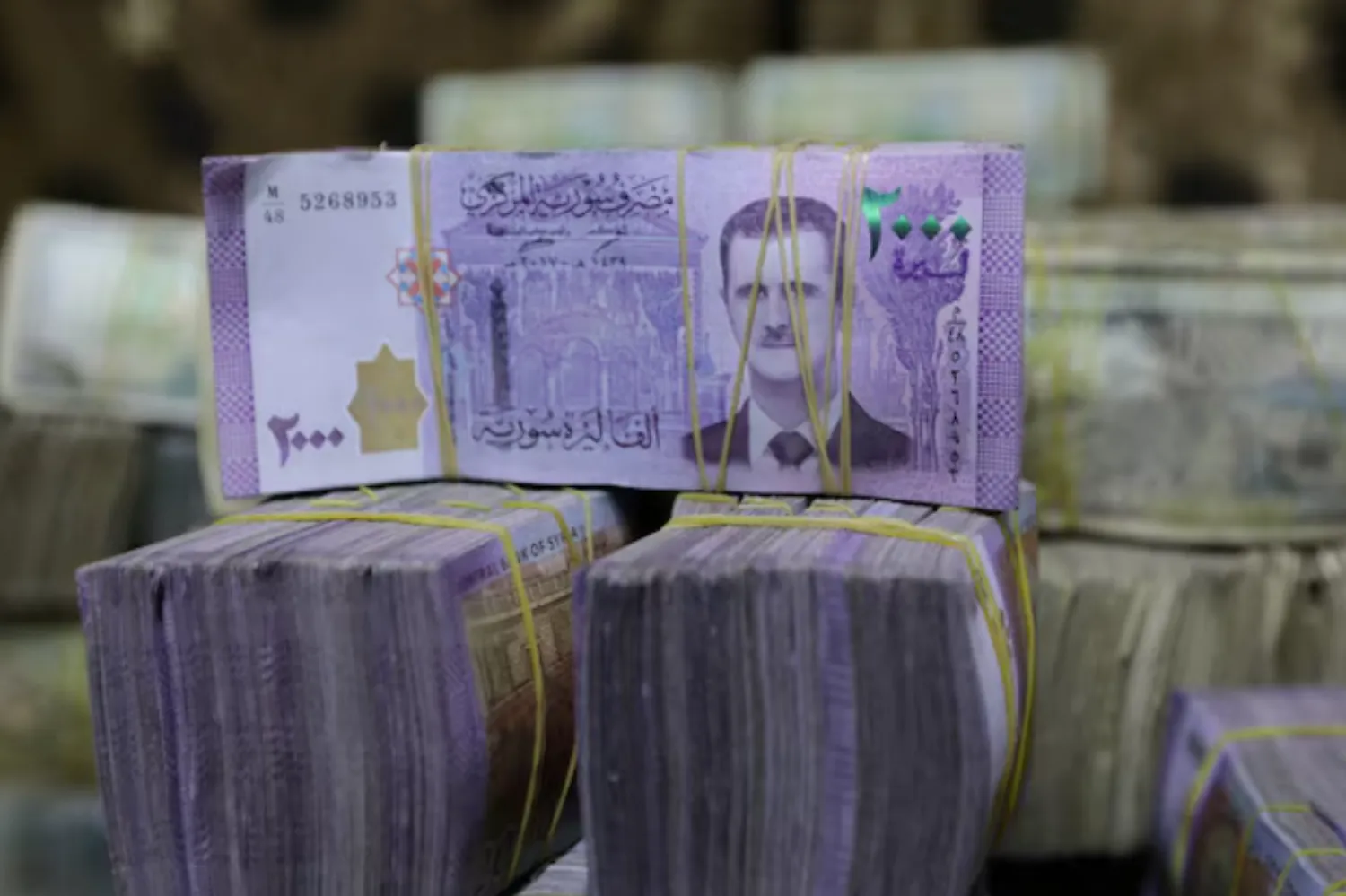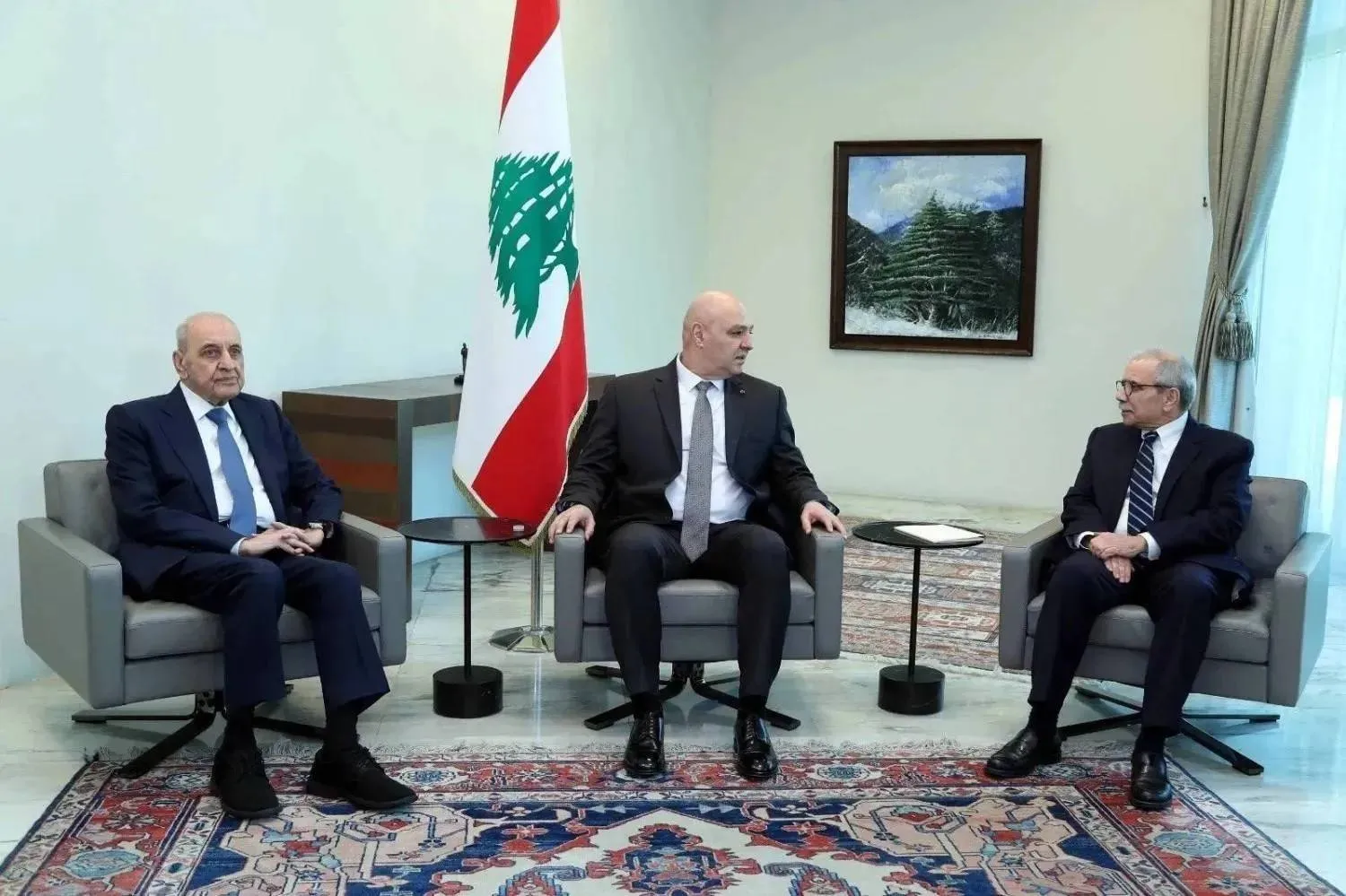The US Department of Justice published a photo of the leader of Hayat Tahrir al-Sham (HTS), Abu Mohammed al-Golani, to remind the public of a USD10 million award to anyone who provides information about him.
On its Arabic Rewards for Justice page, the Department said that Golani can wear a suit and try to look handsome, but he remains a terrorist.
It called for information about Golani to obtain a reward of up to USD10 million via Telegram, Signal, or WhatsApp.
This followed a photo published by American journalist Martin Smith on Twitter saying he met Golani during a three-day visit to Idlib in Syria.
The US, western countries, Turkey, and the UN have designated HTS as a terrorist organization.









